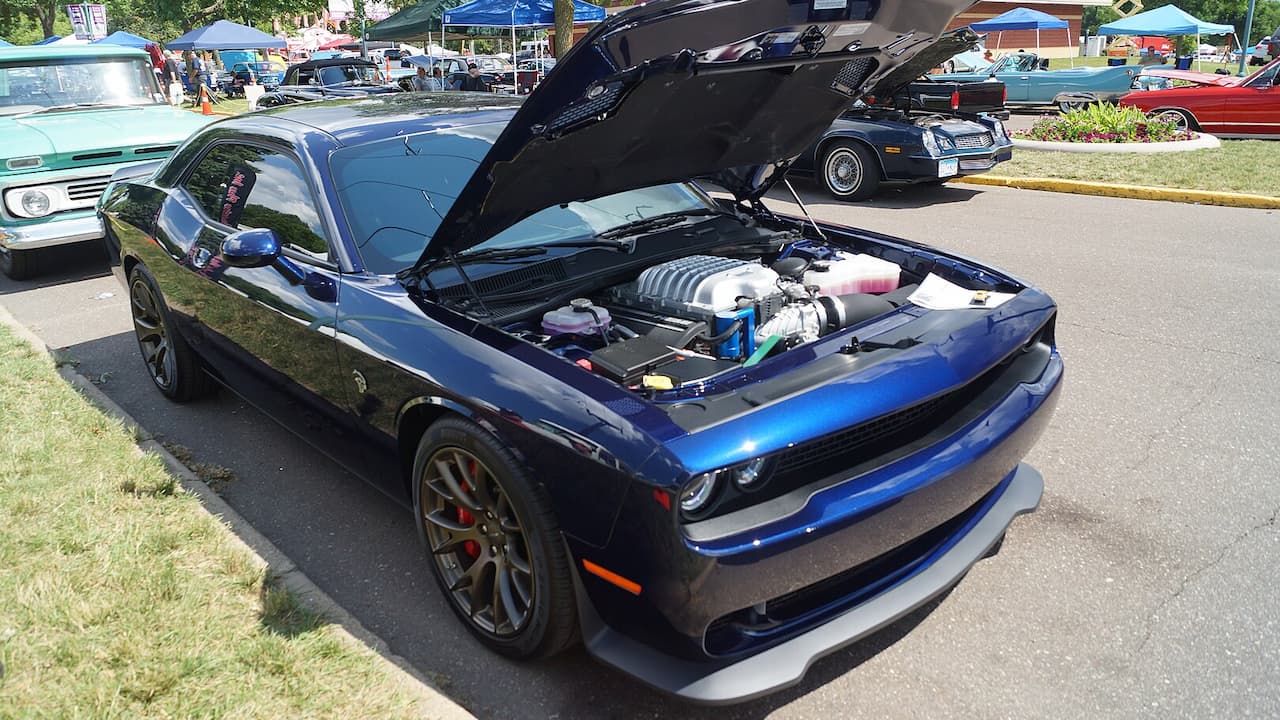Muscle cars and sports cars are both popular types of performance vehicles, but they serve different purposes and appeal to distinct preferences. Each has unique characteristics that influence how they perform on the road and how drivers experience them.
The key difference lies in their design focus: muscle cars prioritize powerful engines and straight-line speed, while sports cars emphasize handling, agility, and balanced performance. Understanding these differences helps clarify why enthusiasts choose one over the other and highlights what sets these car types apart.
Sports cars focus on balanced acceleration and cornering ability.

Sports cars prioritize a combination of quick acceleration and precise handling. They are engineered to perform well not just in straight lines but also around corners.
This balance allows sports cars to maintain speed and control on winding roads and tracks.
Their design often includes features like lighter weight, advanced suspension, and aerodynamic shapes to improve agility.
As a result, sports cars offer a more versatile driving experience compared to vehicles focused solely on straight-line power.
Muscle cars typically have larger, more powerful V8 engines.

Muscle cars are known for their large V8 engines, which deliver significant horsepower and torque. These engines are often bigger and more powerful than those found in sports cars.
The design of muscle cars centers on raw power, favoring straight-line speed and acceleration. This emphasis on large displacement engines distinguishes them from sports cars, which balance power with handling.
Sports cars use lightweight construction for agility

Sports cars prioritize lightweight materials like aluminum and carbon fiber to reduce overall weight. This approach enhances handling and responsiveness, allowing for sharper cornering and better control.
Their design focuses on agility, making the car feel more connected to the driver. Lightweight construction supports quicker acceleration and improved fuel efficiency alongside better driving dynamics.
Handling in sports cars is precise with sensitive controls.

Sports cars prioritize precise handling to enhance driver control and responsiveness. Their lightweight construction contributes to better maneuverability during tight turns and quick direction changes.
They often feature advanced suspension systems and responsive steering, allowing drivers to feel connected to the road. This precision supports confidence in high-speed or technical driving scenarios.
In contrast to bulkier vehicles, sports cars maintain balance and stability, reducing body roll and improving cornering performance. This focus on control is central to their design.
Muscle cars often sacrifice handling for engine power

Muscle cars prioritize high engine power and torque over precise handling. They are typically heavier, which can reduce agility in corners.
The design focuses on straight-line speed, making them less nimble compared to sports cars. This trade-off reflects their emphasis on raw horsepower rather than balanced performance.
While muscle cars deliver strong acceleration, their handling characteristics are usually less refined. This difference is clear when compared to sports cars, which are engineered for better control and maneuverability.
Sports cars are designed to excel on curvy, winding roads.

Sports cars emphasize precision handling and aerodynamic design. They are typically lighter, which helps improve balance and responsiveness during tight turns.
Their suspension systems and chassis are tuned to provide better grip and stability on twisty roads. This focus allows drivers to maintain control and speed through corners.
Acceleration and agility are prioritized over raw power in sports cars. This makes them better suited for dynamic driving environments, where cornering skills matter more than straight-line speed.
Muscle cars have a louder, more aggressive exhaust note.

Muscle cars typically feature exhaust systems with fewer restrictions than modern vehicles. This design allows for a louder and more aggressive sound.
The exhaust note is one reason muscle cars attract attention. Their engines produce deep, robust sounds that contrast with the quieter exhausts of many sports cars.
This characteristic is often linked to the car’s powerful engine and traditional design focus on raw performance and presence.
Sports cars sit lower to the ground for improved stability

Sports cars have a lower ride height compared to muscle cars. This design lowers the center of gravity, which enhances stability during high-speed driving.
A low ground clearance also improves aerodynamics by reducing air resistance. It helps the car maintain better traction, especially when cornering.
This setup minimizes body roll and prevents the car from swaying, contributing to precise handling and safety on the road.
Muscle cars generally have two doors but bulkier frames

Muscle cars typically feature two doors, reflecting their design focus on power and performance. They tend to have larger, heavier frames compared to sports cars.
The bulkier structure supports bigger engines, often V8s, which require more space. This design results in a heavier vehicle that prioritizes straight-line speed over nimble handling.
Sports cars are smaller and more aerodynamic than muscle cars

Sports cars typically have a smaller, lighter body compared to muscle cars. Their designs focus on sleek curves and smooth lines to reduce air resistance.
This aerodynamic shape helps improve handling and fuel efficiency. Muscle cars, in contrast, have larger, boxier frames with sharp angles.
Their emphasis is on a powerful, aggressive look rather than minimizing drag. This difference reflects the sports car’s balance of speed and agility versus the muscle car’s raw power.
Muscle cars emphasize torque over nimbleness

Muscle cars are designed primarily for powerful acceleration. They focus on producing high torque, especially at low RPMs, to deliver strong straight-line performance.
This emphasis on torque often results in heavier, bulkier vehicles. As a consequence, muscle cars sacrifice agility and precise handling compared to sports cars.
In contrast, sports cars prioritize nimbleness and balance. They tend to use lighter materials and advanced suspension for sharper cornering abilities.
